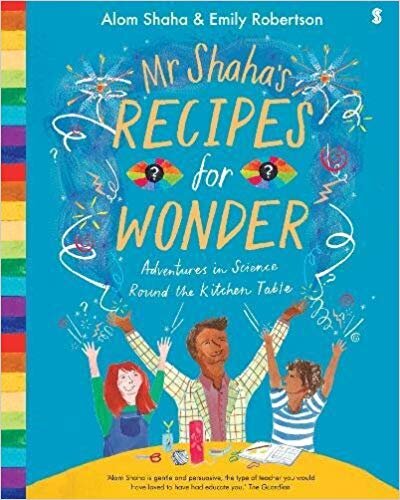First, let me just assure you that this is a science book, not a cookery one. Even though there is very little computer-related stuff in it, I thought it worth reviewing here because STEM is flavour of the month, and indeed has been for several years. If we can get kids interested in science and experimenting, perhaps we can also get them excited by computing from an early age.
My own science education was extremely beneficial. In my school lessons I developed the ability to draw a bunsen burner (although after a while I cheated when I discovered the existence of a chemistry stencil set).
I also developed a sense of curiosity, mainly in the form of wondering how long it was before the lesson ended.
And I learnt to experiment: how much homework could I get away with not doing?
If only this book had been available to me back then, because the author has done a few very clever things, and I learnt more science from reading this book than I learnt in five years of secondary school.
First, there are lots of very interesting-sounding projects to do: eighteen, in fact, categorised into:
Motion
Sound
Electricity, Magentism and Light
Atoms
Living Things
Just looking at the names of the projects whets your appetite. Who wouldn’t be interested, for example, in making a crisp tin camera, or a balloon-powered car?
Secondly, each project makes use of the kind of materials you will find in the average home, or which are easily available.
Thirdly, every project follows the same format: a list of ingredients you need, a set of instructions (the “recipe”), a set of questions, and then the scientific explanation. The subtitle of the book is “Adventures in science round the kitchen table”, and that is an accurate description.
The graphics are colourful and fun without being messy, and the text is easy to read without being patronising. Definitely one to consider next time you need to buy a youngster a birthday present.
A page from the book


